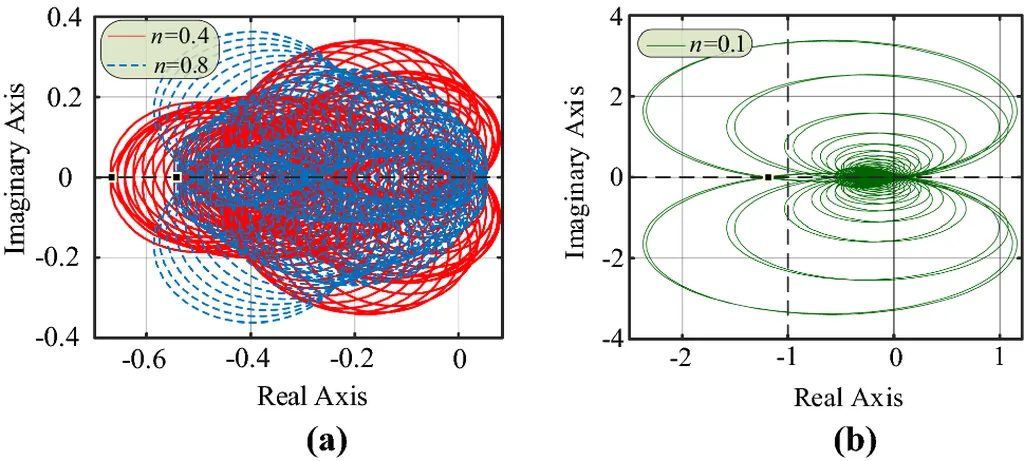In the rapidly evolving landscape of renewable energy, the integration of distributed grid-connected converters is becoming increasingly crucial. These systems, which offer high efficiency, flexibility, and cost-effectiveness, are pivotal in scenarios like energy storage and photovoltaic conversion. However, one significant challenge has been the suppression of circulating currents in these systems, particularly in distributed input-parallel output-parallel (IPOP) three-level converters. A recent study published in the journal *Control and Intelligent Technology* (Kongzhi Yu Xinxi Jishu) addresses this very issue, offering a novel solution that could have profound implications for the energy sector.
Lead author Hu Liang and his team have developed a circulating current suppression control method specifically tailored for distributed IPOP three-level grid-connected converter systems. The research establishes a power equivalent model to simulate zero-sequence circulating currents, providing a robust framework for analyzing harmonic components in these currents. By employing carrier disposition modulation of injected zero-sequence voltage, the team was able to delve into the intricacies of these harmonic components.
One of the standout features of this research is the introduction of the proportional complex integral (PCI) method. This innovative approach compensates for the zero-sequence modulation of each independent controller, effectively suppressing low-frequency circulating currents between converters. Additionally, the integration of zero-sequence DC component suppression in the virtual speed governor link ensures comprehensive control over the system.
The results of the study are impressive, with simulations and experiments demonstrating the elimination of over 90% of the circulating current components. This significant reduction not only verifies the correctness and effectiveness of the zero-sequence circulating current modeling and suppression approach but also paves the way for more efficient and reliable grid-connected converter systems.
The implications of this research are far-reaching. As Hu Liang explains, “The suppression of circulating currents is a critical step in enhancing the performance and reliability of distributed grid-connected converter systems. Our method offers a practical solution that can be readily implemented in various energy scenarios, from energy storage to photovoltaic conversion.”
The commercial impacts of this research are substantial. By improving the efficiency and reliability of grid-connected converters, this method can contribute to the broader adoption of renewable energy sources. It can also reduce operational costs and enhance the overall stability of the power grid, making it a valuable tool for energy providers and stakeholders.
As the energy sector continues to evolve, the need for innovative solutions to technical challenges becomes ever more pressing. This research by Hu Liang and his team represents a significant step forward in addressing one of these challenges, offering a glimpse into the future of distributed grid-connected converter systems. With further development and implementation, this method could play a pivotal role in shaping the energy landscape of tomorrow.

